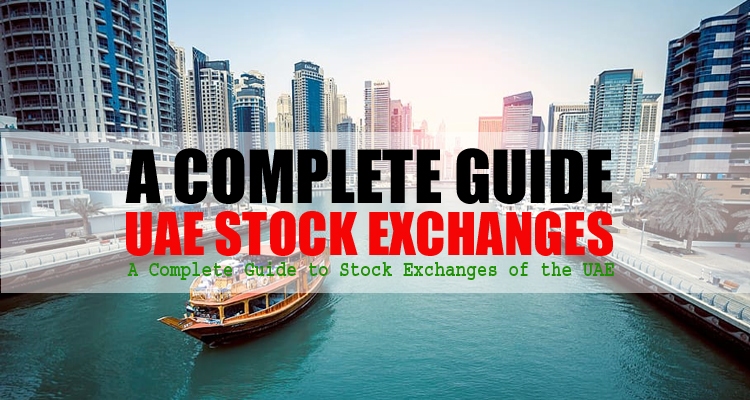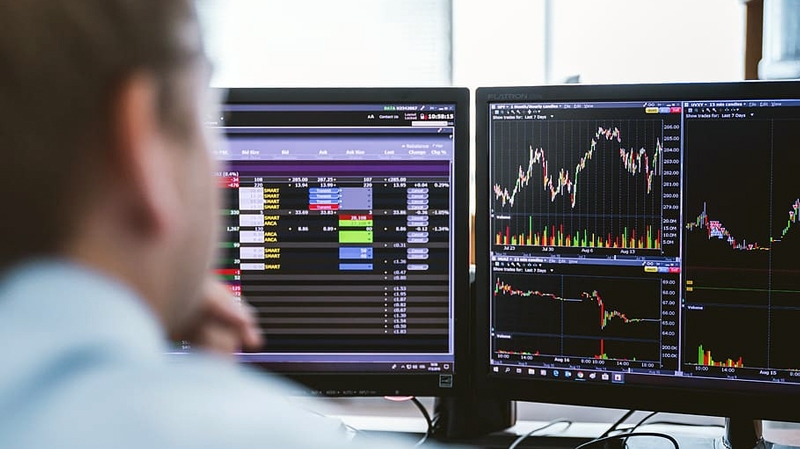A Complete Guide to the UAE Stock Exchanges
You may not be aware that Dubai and the rest of the UAE are becoming something of a financial hub. There are no less than three UAE stock exchanges now, two of which have formally linked trading floors, regulated wholly by the Emirates Securities and Commodities Authority.
It’s possible to buy and sell shares in the biggest companies listed in the UAE stock exchanges, as well as those elsewhere worldwide, by trading INFINOX CFD stocks. These CFD equities allow retail traders to take advantage of rising (and falling) prices on the biggest and most popular brands. Using CFDs at INFINOX, which mimic the underlying market value of an asset, you can go short (sell) on a stock price if you believe it will decline. Some large companies already listed on stock exchanges outside the UAE also have the opportunity to have their shares ‘dual-listed’, opening these companies to a new pool of liquidity.
Let’s take a look at the stories behind the rise of the UAE’s three stock exchanges, providing background information on their respective focuses across the markets of the Middle East.
Also Read: How to Approach Stock Market Trading in 2021 in Dubai
The Dubai Financial Market
The Dubai Financial Market was founded around the eve of the ‘dotcom boom’ in March 2000. It became the first regional exchange to be publicly listed in December 2005, when 1.6 billion shares were offered to the public as part of an IPO. It has also forged beneficial links with NASDAQ Dubai in recent years.
Retail traders can register for a single National Investor Number (NIN) to access both exchanges, making it possible to buy and sell seamlessly between the two. Its five key pillars revolve around transparency, efficiency, confidentiality, integrity, and innovation.
Also Read: Challenges in Establishing a Business in Dubai and How to Overcome Them
Abu Dhabi Securities Exchange
The Abu Dhabi Securities Exchange (ADX) used to be known as the Abu Dhabi Securities Market. It launched in 2000 around the same time as the Dubai Financial Market. As of December 2020, the ADX now boasts over 73 listings, with a market cap worth a shade under US$200 billion.
All of this means the ADX is now the second biggest marketplace for equities and commodities in the Middle East region. Aside from equities and commodities, the ADX also facilitates the trading of securities such as government bonds and exchange-traded funds. Historically, the ADX has consisted of stocks from firms based in the UAE, as well as neighbouring states within the Persian Gulf, namely Omani and Qatari corporations.
Also Checkout: A Step by Step Complete Guide to Start a Business in Dubai
NASDAQ Dubai
The NASDAQ Dubai is considered the Middle East’s global stock market. It has been operating within the Dubai International Financial Centre (DIFC) free zone since September 2005. Retail investors can trade on the NASDAQ Dubai by creating an account with a reputable brokerage that is a member of the exchange. All accounts are provided with a National Investor Number (NIN) that can be used to access both the NASDAQ Dubai and the Dubai Financial Market.
Within the NASDAQ Dubai, you will find equities, along with government bonds, exchange-traded funds, debentures, Sukuk, and real estate investment trusts (REITs). The Dubai Financial Market has a two-thirds shareholding in NASDAQ Dubai.
Also Checkout:





